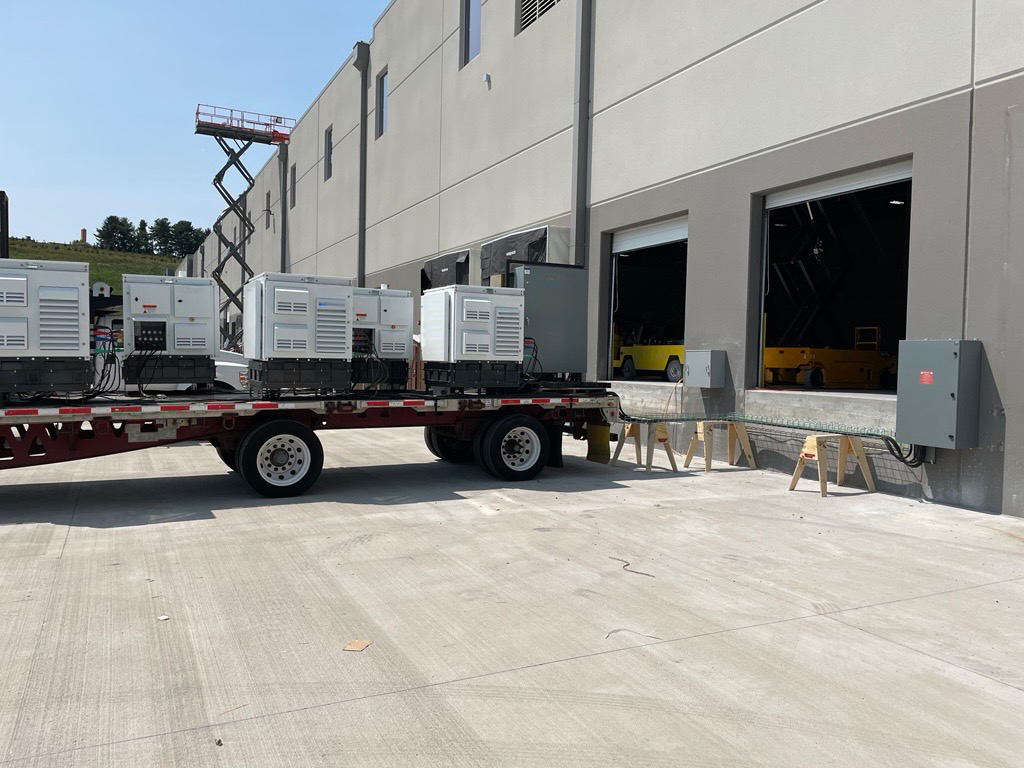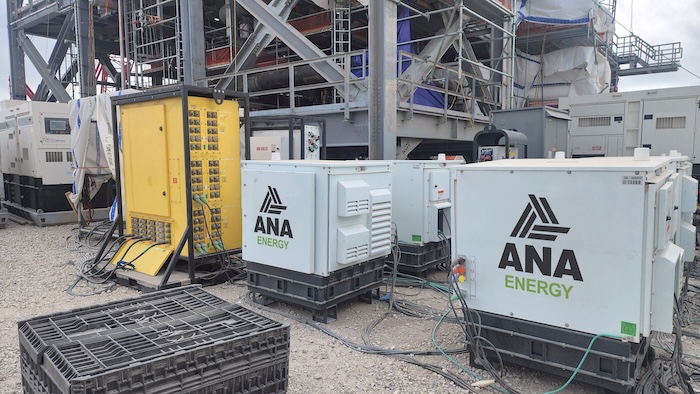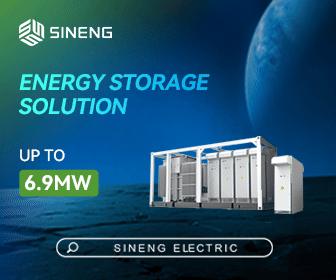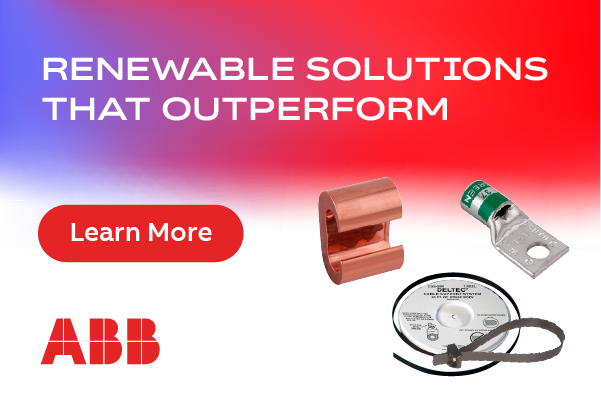Deployable Microgrids: Unlocking resilient, profitable power
As energy needs grow more complex and grid instability becomes a regular concern, mobile microgrids are gaining attention as a flexible, lower-emission energy solution. Their emergence is timely. From wildfire-related outages in the West to hurricane disruptions along the Gulf, the reliability of centralized power infrastructure is increasingly challenged. Deployable hybrid microgrids provide a real-world response. By combining traditional fuel-based generation with intelligent battery storage and modular design, these systems help fill the growing gap between where energy is needed and where infrastructure currently falls short. This article explores how mobile microgrids support operational continuity, optimize lifecycle costs, and enable long-term planning across commercial, municipal, and critical-use sectors.

Balancing grid demands in a time of disruption
Across North America, climate-driven events such as wildfires, extreme heat, ice storms, and hurricanes are becoming more frequent and severe. These disruptions are stretching the limits of utility grids and delaying capital-intensive infrastructure projects. For utilities and large operators, this results in ballooning costs and service delays. For contractors and municipalities, it can stall projects, put lives at risk, or jeopardize compliance deadlines. Deployable microgrids offer an adaptable, plug-and-play solution that can be rapidly deployed wherever permanent grid access is lacking or disrupted. These systems are purpose-built for operation in demanding environments. With fast setup times and rugged durability, they are well suited for emergency zones, remote construction projects, and critical infrastructure support. Importantly, deployable systems are not just for temporary fixes. They can serve as mid- to long-term solutions, especially as more jurisdictions prioritize resiliency in their planning.
Modular power with scalable results
Modern hybrid microgrids are built with flexibility in mind. Unlike traditional generators, they combine fuel-based power sources with high-efficiency lithium battery storage. Smaller, parallelable power modules allow users to right-size their systems based on site needs, then scale up or down as required. This modularity is especially useful in sectors where power demand varies by season, work shift, or equipment load. For example, a site may only need one or two modules during initial construction but require four or more as full operations ramp up. Once the job concludes, the same modules can be redistributed to other locations. This supports ongoing operations while avoiding idle capital assets. This approach also minimizes the need for overbuilt permanent systems. Instead of investing in oversized infrastructure, users can deploy power as needed and adapt quickly to new demands.
Lower operating costs with extended lifespan
Fuel and maintenance costs are among the most significant expenses in any remote power operation. Hybrid microgrids reduce both by prioritizing battery output over generator runtime. This shift can lead to significant fuel reduction, fewer refueling trips, decreased emissions, and extended time between oil changes and services; these benefits compound over time. Lithium-based chemistries such as lithium titanate oxide are especially valuable for partial-load applications, allowing for thousands of deep cycles without degradation. This ensures a longer lifespan for both battery and generator components, significantly lowering total cost of ownership.

Serviceability and system support
Performance in the field hinges not just on power output but on how easy a system is to operate and maintain. Today’s microgrids feature remote monitoring, predictive diagnostics, and simplified controls. Users can check system health, battery status, and fuel levels from a dashboard or mobile device, enabling proactive maintenance before issues arise. Fleet managers overseeing multiple job sites benefit from centralized oversight. Field operators appreciate tools that require minimal training. For mission-critical environments such as healthcare facilities, communications hubs, or water infrastructure, this reliability and visibility can mean the difference between uptime and cascading failure.
A future-ready investment
Hybrid microgrids are not only effective today; they are also designed with tomorrow in mind. Many platforms support integration with solar panels, fuel cells, and next-generation control systems. As environmental regulations continue to tighten and more industries move toward ESG compliance, the ability to reduce emissions and demonstrate energy efficiency is becoming essential. In addition, many state and federal programs now offer incentives for resilient and clean energy solutions. Deployable microgrids meet these criteria while maintaining the flexibility to respond to unpredictable demands. Their ability to bring scalable, low-emission power to underserved or disaster-affected communities underscores their growing role in energy planning.
Conclusion
Energy delivery models are shifting. As centralized grids face mounting pressure from aging infrastructure, policy mandates, and climate impacts, mobile hybrid microgrids provide a much-needed complement. They offer fast, clean, and reliable power whether on a mountainside, at a construction site, or supporting a regional emergency response. For energy managers, project developers, and public agencies alike, hybrid microgrids offer a compelling path forward. They align with long-term decarbonization goals, reduce costs, improve uptime, and keep power flowing when and where it is needed most.
Travis Waineo is Senior R&D Manager at ANA, Inc., where he leads product innovation for hybrid energy systems and distributed power solutions. His background includes system integration, remote power deployment, and resilience planning for infrastructure and industrial clients.
ANA | anacorp.com
Author: Travis Waineo
Volume: 2025 September/October









